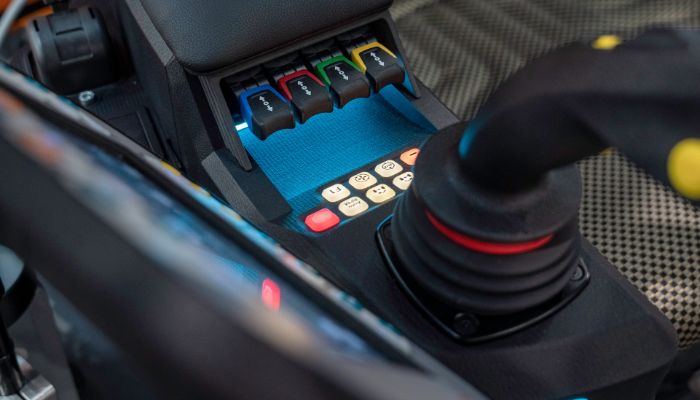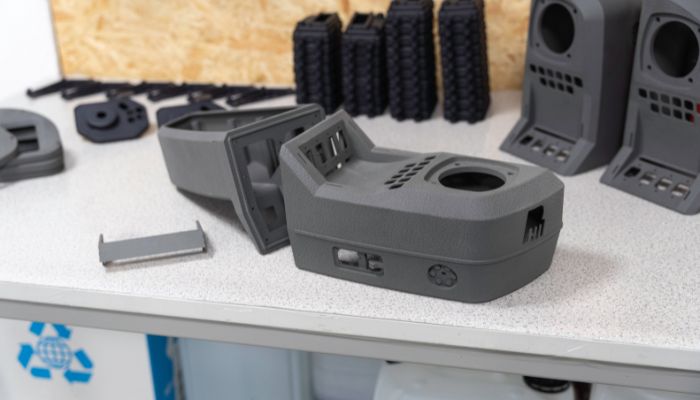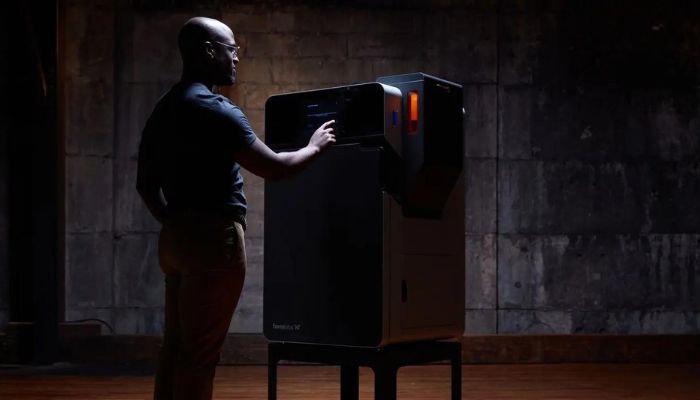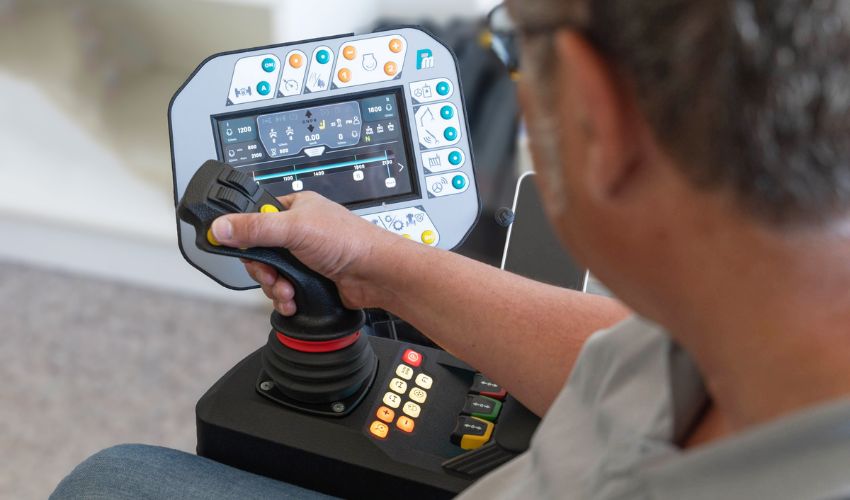
SLS 3D Printing opens up Small and Medium-Batch Production in Diverse Industries
Two of the most important benefits of 3D printing are the ability to personalize parts and to produce small- to medium-sized batches at a reasonable price. IBL Hydronic, a German-based company, has confirmed this. To help create custom control systems, including for vehicles and machines. The company has turned to selective laser-sintering (SLS), specifically the Formlabs Fuse 1 ecosystem.
Since its founding in 1987 by Dr.-Ing Thomas Löcher, IBL Hydronic has become known for its custom electronic, hydraulic and software solutions. It operates in many sectors, including construction, agriculture, forestry, and specialized vehicles and machines. The company produces its components mainly in-house. They also focus on each customer’s individual challenges and needs, and create customized solutions for them. For these reasons, 3D printing, through Formlabs’ Fuse 1 SLS 3D printer, provided the ideal solution.

The control panel housing components are printed on the Fuse 1 using Nylon 12, then sanded and dyed (photo credit: Formlabs).
And they are not the only ones who are benefiting from Formlabs’s technology. Formlabs has innovated in recent years when it comes to SLS and SLA solutions that allow for use in more industries and for more applications. The company will show and demo the Fuse 1+ 30W among other products at their booth (Hall 11.1, Booth E11Formnext 2022 will feature parts from IBL Hydronic. We took a closer look at how SLS 3D printing could be used for both functional prototypes and complex hydraulic end-use parts, as well as what else attendees can expect to see from Formlabs at Europe’s premier additive manufacturing conference this year.
SLS 3D printing for custom, automated control systems
IBL realized they had exceeded the design and structural limits of traditional production processes. They began to wonder if 3D printers could be a solution. This was because IBL, like many companies in the industry makes vehicles and equipment in small batches. Each batch contains approximately 100 to 250 pieces. This makes it difficult to invest in large numbers of in-house production, especially for traditional techniques like injection molding.
After trying several 3D printing technologies, the company purchased a Fuse 1 SLS 3D Printer from Formlabs in 2019. To meet increasing demand, the company has steadily grown its 3D printing operations. Tom Heindl, technical product designer for 3D printing at IBL Hydronic, explains, “Having an SLS 3D printer means that we simply no longer have to use manufacturing methods such as CNC milling, turning, or machining. This of course saves us a lot of time, money, and also space.” SLS 3D printing is particularly attractive because it allows printing without support structures. This opens up the possibility of even more valuable projects than they were previously able to achieve.

The special texture makes the model look leather-like, making it difficult to tell that it is 3D printed. Photo credit: Formlabs
The company now uses 3D printing to create their own solutions. The company has seen many benefits through the adoption of additive production. The technology’s speed and flexibility are the first. These are key advantages in the development of new control module designs. This allows for large design changes to quickly be implemented and produces high-quality prototypes in as little as two to three week. They are also able to concentrate on their customers at an unprecedented level, which is a unique selling point in the market. The company also focuses on ease of use and lower cost of production.
The importance of SLS 3D printing for the company can also be seen through the success of IBL’s latest project, a control panel for an agricultural machinery manufacturer that had to be tailored to a specific machine. The project was completed in record-breaking time. The control module was complete and ready for presentation within one month. SLS 3D printers also allowed the creation of a functional design that was both attractive and functional. Heindl will continue to expand the company’s horizons and scale up, concluding. “If we hadn’t invested in our in-house 3D printers and learned the process, we wouldn’t have gained certain customers.”
Find out more about the benefits of SLS at Formnext 2020
But of course, the case of IBL is just one of many applications that have been accomplished through the use of Formlabs’ SLS and SLA 3D printing solutions. Formlabs will share more applications with users interested in learning about the technologies. Booth E11 In Hall 11.1 Formnext. In addition to IBL, attendees can see examples from customers such as Vital Auto, XSpecter, and Deutsche Bahn.

Formlabs will showcase its flagship SLS printer, Fuse 1+ 30,W among other solutions at Formnext.
Formlabs will also be showcasing a brand new solution at the show. The follow up to the Fuse 1 and the next addition to Formlabs’ SLS series, the Fuse 1+ 30W, will be on display along with the Form 3+, Form 3B+, Form Wash, Form Cure, Form 3L, Form 3BL and 40+ high-performance materials. The Fuse 1+30W is particularly exciting because Formlabs claims that it can print up two times faster than previous generations and allows for the use of new, higher-performance materials.
You can find out more about Formlabs HERE. You can also book a slot at Formlabs booth with an Expert HERE.
What do you think about the use of SLS3D printing for small and large custom batches? Would you like to learn more about Formlabs at Formnext? Let us know in a comment below or on our LinkedIn, Facebook, and Twitter pages! Don’t forget to sign up for our free weekly Newsletter here, the latest 3D printing news straight to your inbox! You can also find all our videos on our YouTube channel.
*Cover Photo Credits: Formlabs

